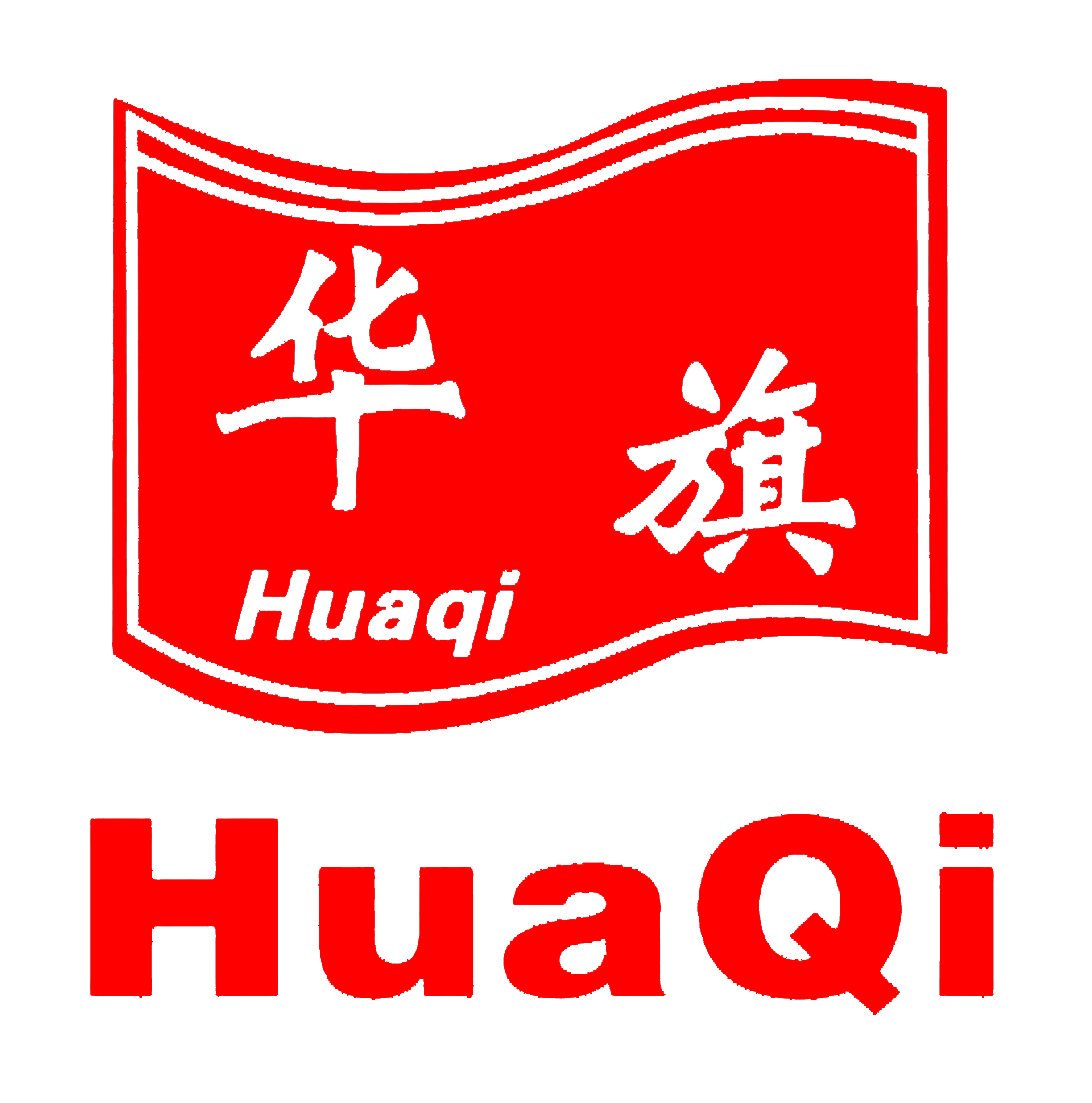Choosing the right wind power cable is necessary for the effectiveness, safety, and lifespan of wind energy systems. For wind power systems, cables are exposed to harsh weather, intensive mechanical forces, and electrical strain. For this reason, cables must be chosen to ensure system reliability.
Businesses rely on wind power systems for low, medium, and high voltage levels. The chosen cable must be compatible with the system’s voltage level to prevent insulation damage and safely transmit power. For instance, offshore wind farms usually have long-distance power transmission which requires higher voltage cables. Offshore wind farms also have strict electrical load requirements, making proper voltage rating crucial.
Moisture, chemical agents, temperature, and ultraviolet radiation are all factors that wind power cables must withstand. The insulation and sheathing materials must have strong cable protection to prevent material degradation. Cross-linked polyethylene is especially helpful due to strong weathering, aging, and temperature resistance. Having reliable protection from external factors strengthens the cable’s lifespan and reduces maintenance.
Wind turbines undergo dynamic motion of bending, twisting, and vibrating. Wind power cables must withstand these movements without cracking and breaking. With both high tensile strength and flexibility, the cables can withstand mechanical damage. Furthermore, flexibility goes hand-in-hand with the bending radius of the cable, which is especially important in places with frequent bending motion during operations.
Ensuring safety is one of the top priorities in wind power installations. The cables must have fire-resistant properties to avoid fire spreading in case there are electri-business The preferred material to avoid the release of toxic solid smoke, toxic smoke, and corrosive vapor is LSZH smoke free materials. Using fire-resistant cables boosts safety of maintenance personnel and precious equipment.
The electrical efficiency of power transmission fully depends on the electrical conductivity of the cable's conductor. Although, copper is the best choice, aluminum can be viewed in cases where there is a concern of weight or cost. Different needs of conductivity, mechanical strength, weight, and budget limits the choices of copper and aluminum.
Standardized cables guarantee safety and quality. Meeting international standards including fire safety and conductor construction ensures cables will function optimally for wind power needs. Standards compliance also alleviates regulatory hurdles and increases dependability.
The right wind power cable selection requires analyzing voltage rating, environmental endurance, fire safety, mechanical properties, electrical performance, and standards compliance. Comprehensive assessment of these factors allows wind energy systems to function throughout their expected operational life, enabling dependability, safety, and efficiency for manufacturers and installers.
 Hot News
Hot News2024-09-25
2024-07-09
2024-07-09
2024-07-09

Copyright © 2024 by HuaQi Wire Cable Co., Ltd. Privacy policy